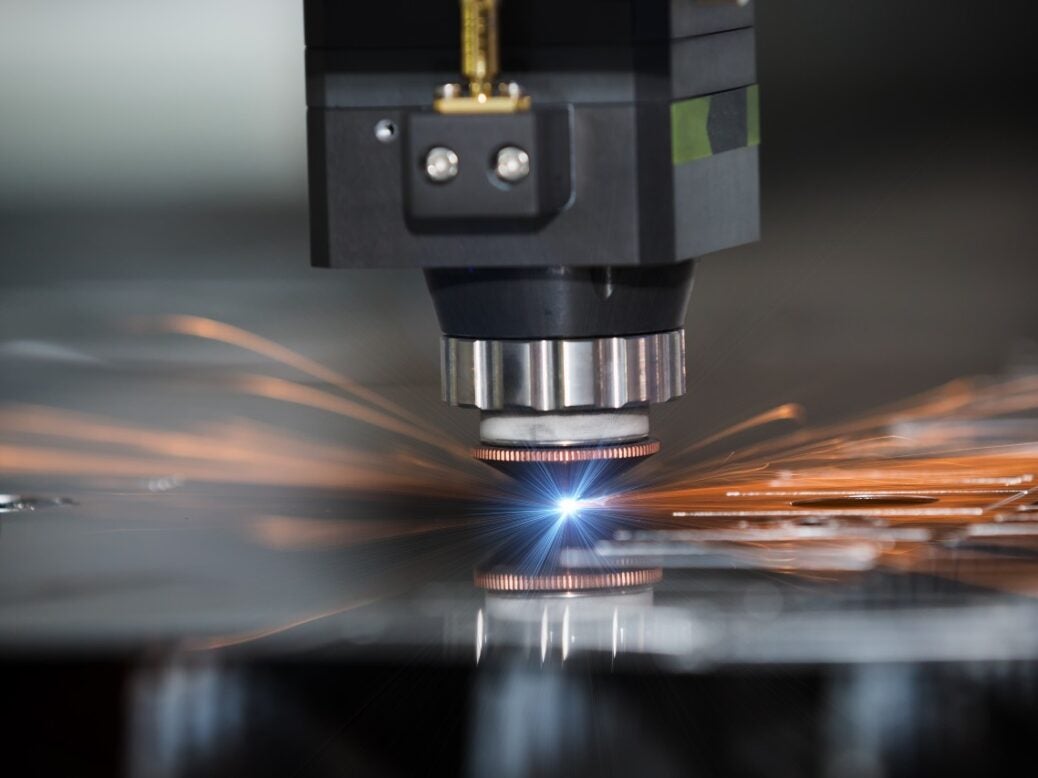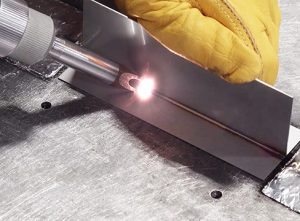Everything You Should Know About Medical Laser Welding
Standards for the production of medical equipment
Medical products require the highest level of precision. They must satisfy the highest standards of quality. The sizes of many medical equipment and products are constantly shrinking. Lasers can be found since they're perfectly suited for the creation of equally small welding seams. Even in difficult locations, laser welding marks and seams can be created to create clean surfaces without any post-processing.
Medical laser welding has many benefits
Because laser welding is non-contact, the surrounding material suffers little or no heat damage. This is beneficial to the medical business because it is the most efficient and non-intrusive method of welding medical tools. If you want a medical laser welding service you may consult Proto Lase.

Image Source Google
As a result, one of their responsibilities is to ensure that no damage occurs. Laser welding is essential in this business since precision is essential. Furthermore, because it is a precise manufacturing method, it is a quick technique to reduce economic spending. It also ensures that output is of high quality and quantity.
The superior weld integrity that can be that is achieved by laser-welded joints is what makes them suitable for high-temperature sterilization. In addition, the smaller affected area guarantees that the surrounding materials are not being annealed or weakened.
There are a variety of metals that are laser-welded including alloys, and there are no filler materials used during the process. This means that there are no biocompatibility issues with implant-related products.
What is its use in the medical field?
Some types of medical equipment that could be made with the help of laser welding are:
Pacemakers
Hearing Aids
Prosthetics
Catheters
Defibrillators
